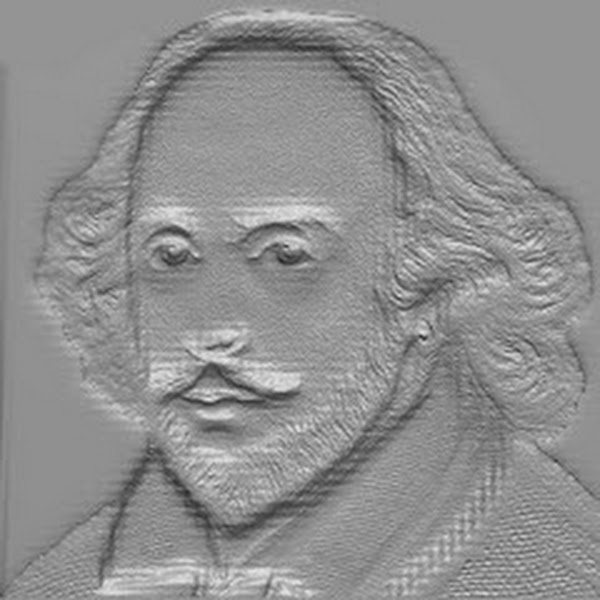“Edward II” is a historical tragedy written by Christopher Marlowe, focusing on the tumultuous reign of King Edward II of England. The play is set in the 14th century and explores themes of power, politics, love, and betrayal. Through the intricate portrayal of characters and political intrigues, Marlowe crafts a gripping narrative that delves into the personal and political consequences of a monarch’s controversial choices.
The play opens with the recall of Gaveston, a close companion and lover of King Edward II, who returns from exile. Gaveston’s return is met with disdain from the nobility, particularly the powerful barons who view him as a threat to their influence. This sets the stage for the central conflict that unfolds throughout the play – the tension between the king’s personal desires and the political interests of the nobility.
King Edward’s infatuation with Gaveston becomes a source of discontent among the barons, who demand the exile of Gaveston to restore order in the realm. However, Edward’s refusal to comply with their wishes exacerbates the tensions, leading to a rift between the king and his barons. This conflict forms the backbone of the political drama that unfolds in “Edward II.”
The barons, led by the ambitious and scheming Mortimer, rebel against the king and force Gaveston into exile once again. Despite Gaveston’s departure, the barons remain dissatisfied, highlighting the deeper issues of power and authority at play. The struggle for control and influence intensifies as the nobility seeks to curb the king’s perceived excesses.
The play also introduces the character of Queen Isabella, Edward’s wife, who becomes increasingly disillusioned with her husband’s neglect of his royal duties in favor of his relationship with Gaveston. Isabella’s character undergoes a transformation as she transitions from a passive observer to an active participant in the political machinations unfolding around her.
As the conflict escalates, Mortimer forms an alliance with the French king to invade England and remove Edward from the throne. The power struggle between the king and the nobility reaches its climax when Gaveston is captured and executed by the barons, further deepening the animosity between Edward and his detractors.
Following Gaveston’s death, Edward’s isolation and vulnerability increase. The play depicts the king’s descent into despair and madness as he grapples with the consequences of his choices. Queen Isabella, driven by a desire for revenge and power, aligns herself with Mortimer, and together they lead a rebellion against Edward.
The climax of the play unfolds with Edward’s capture and imprisonment. The king, now a broken and defeated figure, faces betrayal not only from the nobility but also from his own son, Prince Edward, who aligns himself with Mortimer and Isabella. The emotional weight of Edward’s downfall is palpable, as the once-mighty monarch is reduced to a captive, reflecting the tragic consequences of unchecked desire and political mismanagement.
The final act sees Edward II meeting a gruesome end, symbolizing the brutal realities of power struggles in medieval England. His death serves as a cautionary tale about the consequences of personal indulgence and the importance of balancing private desires with public responsibilities.
“Edward II” concludes with the ascension of the young Prince Edward to the throne, ushering in a new era but leaving the audience to reflect on the price paid for political stability. Marlowe’s exploration of power dynamics, personal relationships, and the consequences of unchecked authority makes “Edward II” a compelling and enduring work that continues to resonate with audiences today.
 CSP
CSP